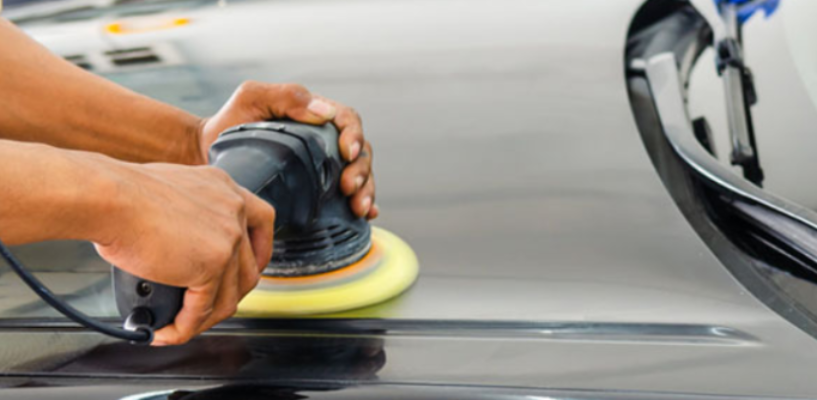
How To Maintain Paint On Your Car After Detailing In San Diego?
Car paint detailing is the process of restoring and protecting the paintwork of a vehicle. The paint on a car is not just for aesthetic purposes but also serves as a protective layer against external elements such as UV rays, road debris, and harsh weather conditions. As a car owner, you want to ensure that your car’s paintwork is in good condition, and paint detailing is an effective way to achieve that.
The paint detailing process begins with a thorough wash of the vehicle using specialized cleaning products to remove dirt and grime. After the wash, the paint is inspected to identify any imperfections such as scratches, swirl marks, or oxidation. These imperfections can be corrected using a process called paint correction or machine polishing, which involves using specialized tools and compounds to remove a thin layer of paint to reveal a smooth, scratch-free surface.
After paint correction, the next step is to protect the paintwork. This is achieved through the application of a protective coating such as wax, sealant, or ceramic coating. These coatings act as a barrier between the paint and external elements, protecting it from damage and maintaining its shine and color for longer.
Regular paint detailing has several benefits for your car. It not only enhances its appearance but also helps maintain its resale value. A well-maintained paint job can increase the value of your car when it’s time to sell or trade it in. Additionally, protecting the paintwork from external elements can prevent premature fading or peeling, reducing the need for costly repaints in the future.
It’s important to note that paint detailing is a delicate process that requires expertise and specialized equipment. Attempting to perform it yourself could result in further damage to your car’s paintwork. It’s always best to leave paint detailing to the professionals who have the knowledge and tools to perform the job correctly and safely.
FAQs
Is Car Paint Detailing Necessary?
Yes, car paint detailing is necessary to maintain the appearance and value of your vehicle. The paint on your car serves as a protective layer against external elements such as UV rays, road debris, and harsh weather conditions. Detailing the paintwork helps to remove dirt, grime, and imperfections, and applying a protective coating helps to maintain its shine and color for longer.
How Often Should I Get My Car Paint Detailed?
The frequency of car paint detailing depends on several factors such as how often you use your car, the environmental conditions it’s exposed to, and your personal preferences. As a general rule, it’s recommended to get your car paint detailed at least once a year. However, if you frequently drive on dirt roads or live in an area with harsh weather conditions, you may want to consider more frequent detailing.
What Is The Difference Between Wax, Sealant, And Ceramic Coating?
Wax, sealant, and ceramic coating are all types of protective coatings used in car paint detailing. Wax is a natural product that provides a glossy finish and protection against UV rays and water. Sealant is a synthetic product that provides a longer-lasting protection than wax and is more resistant to scratches and abrasions. Ceramic coating is a liquid polymer that forms a permanent bond with the paint, providing the most durable and long-lasting protection against external elements. Ceramic coating also provides a hydrophobic effect, repelling water and dirt from the surface of the paint.
Conclusion
Car paint detailing is an essential process for any car owner who wants to maintain the appearance and value of their vehicle. It involves the deep cleaning and restoration of the paintwork, followed by the application of a protective coating to maintain its shine and color. Regular paint detailing can extend the life of your car’s paint job, prevent costly repairs, and enhance its resale value. Contact the professionals at Dr. Detail to learn more.
Contact Dr. Detail today if you’d like further information about auto detailing.



